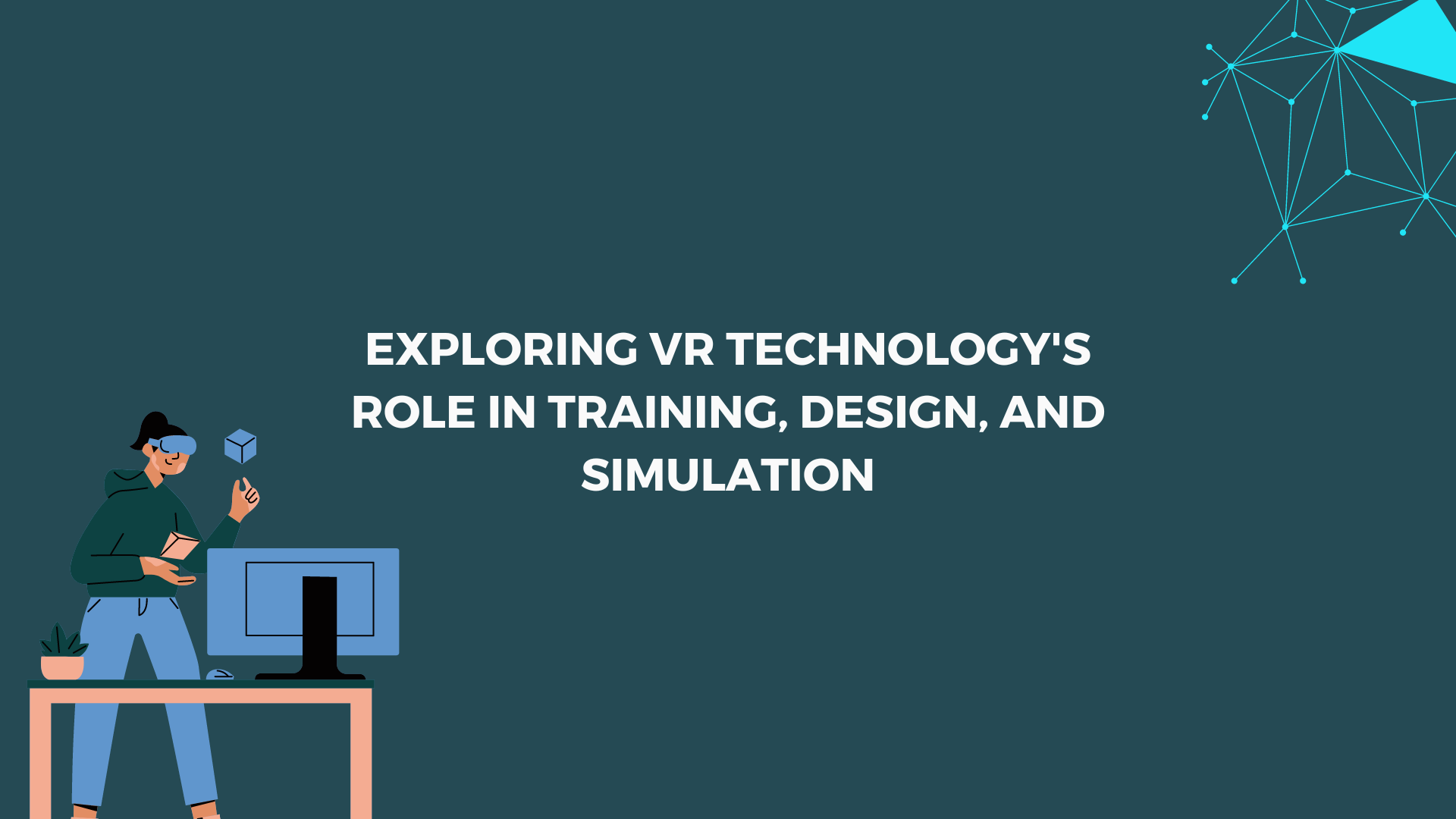In the fast-paced world of manufacturing, staying ahead of the curve is imperative. With advancements in technology continuously reshaping industries, Virtual Reality (VR) has emerged as a transformative tool in the manufacturing sector. Offering immersive experiences, VR is revolutionizing training, design, and simulation processes, thereby enhancing efficiency, safety, and productivity in manufacturing environments.
Training Reinvented:
One of the significant challenges in manufacturing is ensuring that employees are adequately trained to handle complex machinery and processes. Traditional training methods often fall short in providing hands-on experience without the risk of real-world consequences. This is where VR steps in, offering a safe yet realistic environment for training purposes.
VR training modules allow employees to simulate various scenarios, from machine operations to emergency protocols, in a controlled virtual setting. By donning VR headsets, trainees can interact with virtual equipment, troubleshoot issues, and familiarize themselves with protocols without disrupting actual production lines. This immersive approach not only accelerates the learning curve but also minimizes the risks associated with on-the-job training, ultimately leading to more competent and confident employees.
Design Innovation:
In manufacturing, design is the cornerstone of product development. Traditional design processes often involve lengthy iterations and prototypes, leading to both time and cost implications. VR technology is revolutionizing this aspect by offering designers a platform for virtual prototyping and collaborative design.
With VR, designers can create three-dimensional models of products and manufacturing facilities, allowing stakeholders to visualize and interact with designs in real-time. This immersive experience facilitates better decision-making, as stakeholders can identify potential issues and make adjustments before physical prototypes are produced. Moreover, VR enables remote collaboration, allowing teams across different locations to work together seamlessly, thereby streamlining the design process and accelerating time to market.
Simulation for Optimization:
Simulation plays a vital role in optimizing manufacturing processes, from production line layouts to logistics planning. VR technology takes simulation to the next level by offering dynamic and interactive virtual environments for testing and optimization.
Manufacturers can simulate entire production lines or individual processes within a virtual environment, allowing them to identify bottlenecks, optimize workflows, and improve efficiency. By analyzing data generated from VR simulations, manufacturers can make informed decisions regarding resource allocation, equipment utilization, and workflow optimization, ultimately enhancing productivity and reducing operational costs.
Furthermore, VR simulations enable manufacturers to conduct scenario-based planning, allowing them to anticipate and mitigate potential risks such as equipment failures or supply chain disruptions. By simulating various scenarios, manufacturers can develop robust contingency plans, ensuring continuity of operations even in challenging circumstances.
The Future of Manufacturing:
As VR technology continues to evolve, its impact on manufacturing environments is set to grow exponentially. From enhancing training programs to revolutionizing design processes and optimizing operations, VR is poised to drive innovation and efficiency across the manufacturing sector.
However, realizing the full potential of VR in manufacturing requires investment in infrastructure, training, and technology adoption. Manufacturers must embrace a culture of innovation and collaboration to leverage VR effectively, recognizing it as a strategic tool for gaining a competitive edge in today’s dynamic marketplace.
In conclusion, VR technology is transforming the manufacturing landscape, offering new possibilities for training, design, and simulation. By harnessing the power of VR, manufacturers can unlock efficiencies, drive innovation, and position themselves for success in an increasingly digital and competitive world.









